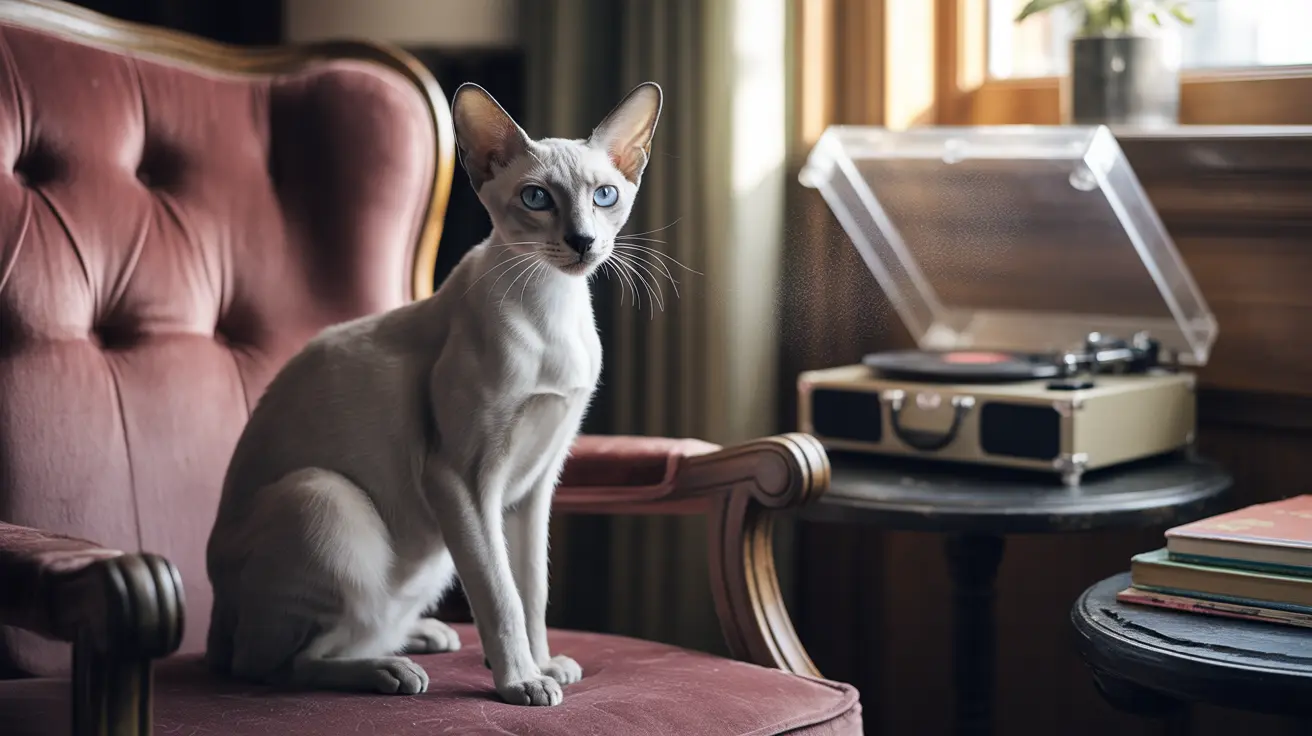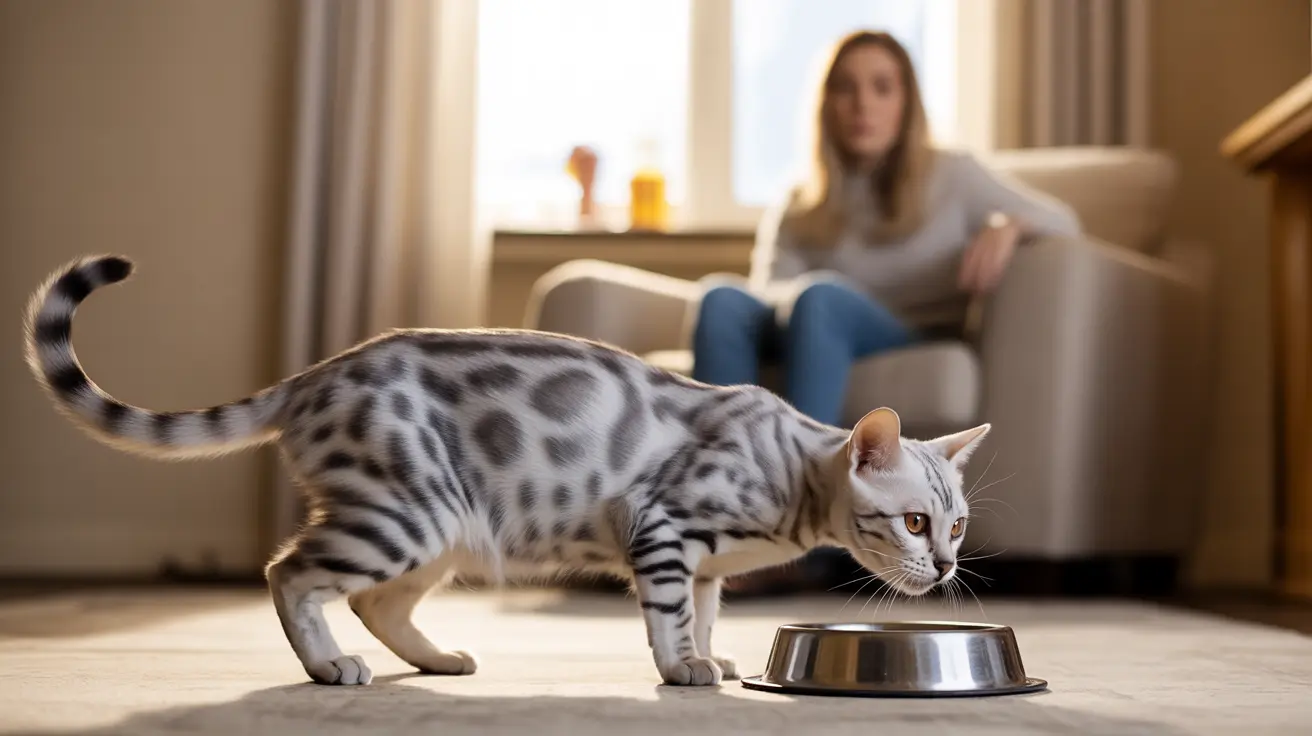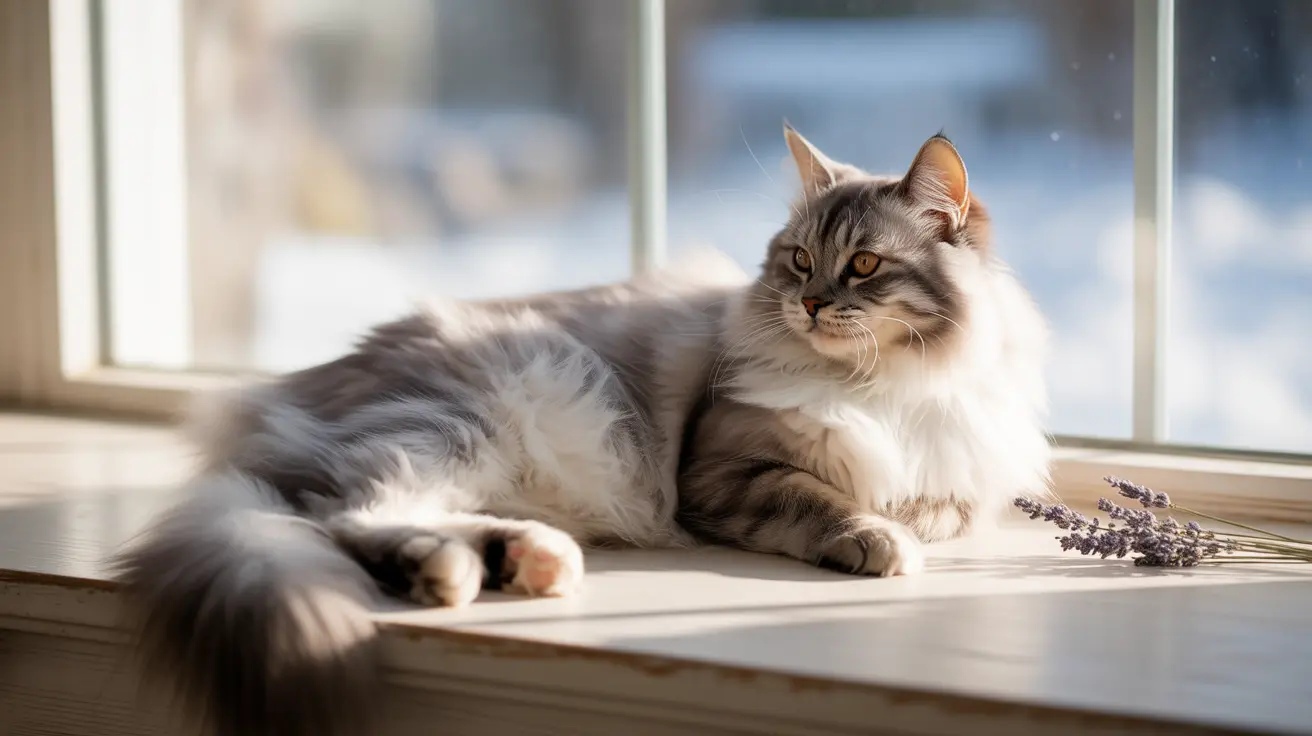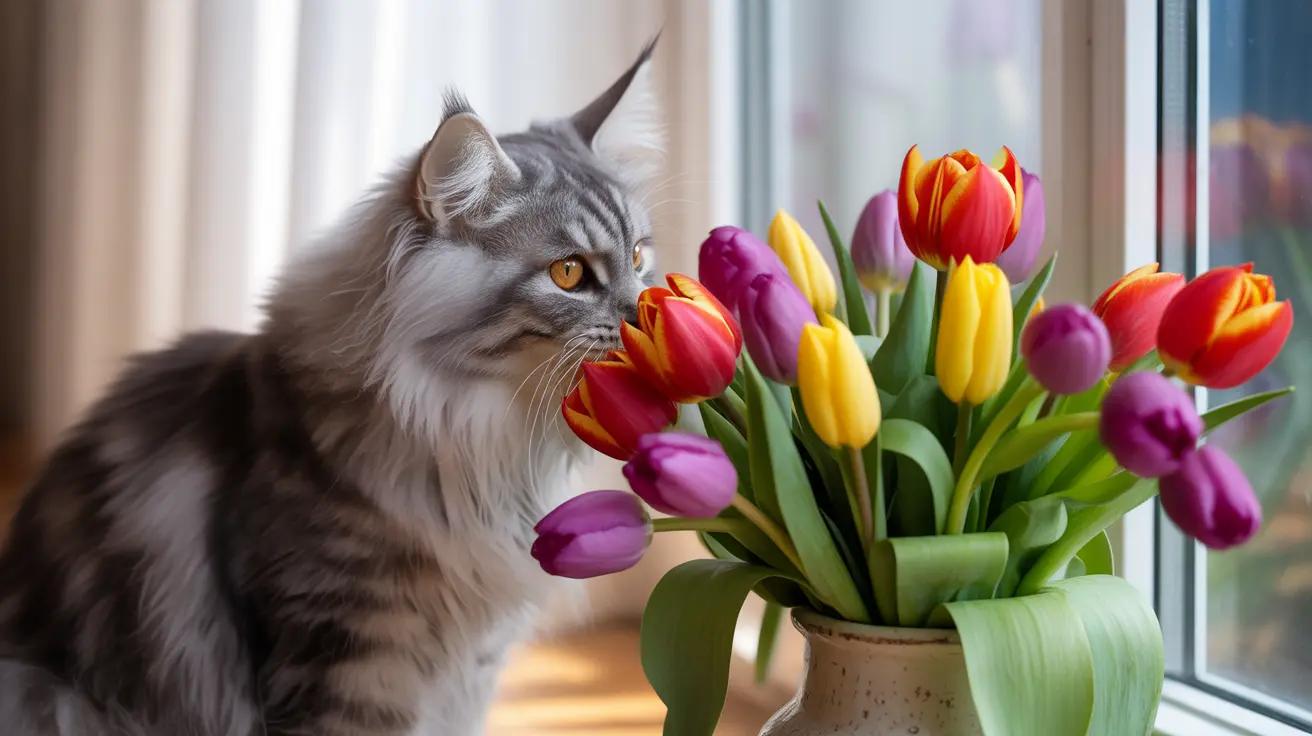Cats are masterful communicators, using an intricate array of vocalizations to express their needs, emotions, and intentions. From the gentle purr to the urgent meow, each sound in a cat's vocal repertoire carries specific meanings that both fellow felines and attentive humans can learn to interpret.
In this comprehensive guide, we'll explore the fascinating world of cat sounds audio, helping you understand what your feline friend is trying to tell you and how to better communicate with them.
The Basic Cat Sound Vocabulary
Meows and Their Variations
Cats primarily use meowing to communicate with humans rather than other cats. The tone, pitch, and duration of a meow can indicate different needs:
- Short, high-pitched meows usually signal happiness or greeting
- Prolonged meows often indicate demands or complaints
- Repeated meows might express urgency or distress
The Science of Purring
While commonly associated with contentment, purring serves multiple purposes in feline communication. Cats produce this distinctive sound through rapid twitching of their laryngeal muscles, creating vibrations at frequencies between 25 and 150 Hertz.
Interestingly, cats may also purr when stressed or in pain, as the vibrations can have healing properties and help them self-soothe.
Understanding Warning Sounds
Hisses and Spits
These defensive sounds serve as clear warning signals. A hissing cat is communicating fear or aggression, while spitting indicates immediate defensive readiness. These sounds are often accompanied by specific body language:
- Flattened ears
- Arched back
- Puffed tail
- Dilated pupils
Growls and Snarls
These deeper vocalizations represent serious warnings. Cats use them to establish boundaries and express severe discomfort or aggression. If you hear these sounds, it's best to give your cat space and assess the situation carefully.
Social and Hunting Vocalizations
Chirps and Trills
These endearing sounds are often used as friendly greetings or attention-getters. Mother cats use them to communicate with kittens, and many cats extend this "language" to their human family members.
Chattering
When your cat watches birds through the window, you might notice a distinctive chattering sound. This unique vocalization combines excitement and frustration, possibly mimicking the killing bite used in hunting.
Changes in Vocalization Patterns
Age-Related Changes
Senior cats often become more vocal due to:
- Cognitive decline
- Hearing loss
- Increased anxiety
- Medical conditions
Breed-Specific Tendencies
Some cat breeds are naturally more talkative than others. Siamese cats, for example, are known for their frequent and loud vocalizations, while Persian cats tend to be quieter.
Frequently Asked Questions
What do different cat sounds like meows, purrs, and hisses mean in terms of feline communication?
Different cat sounds serve specific communication purposes. Meows are typically used to communicate with humans, expressing needs like hunger or attention. Purrs usually indicate contentment but can also signal stress or pain. Hisses are warning sounds expressing fear or aggression.
How can I use cat sounds audio recordings to better understand or train my cat?
Cat sounds audio recordings can help you learn to recognize and interpret different vocalizations. They can also be used for behavioral training, helping cats adjust to new environments or situations. However, use recordings carefully as some cats may become stressed by unfamiliar cat sounds.
Why does my cat make chattering or chirping noises when watching birds outside?
Chattering or chirping while watching birds is an instinctive predatory response. This behavior combines excitement about potential prey with frustration at being unable to reach it. Some experts believe it might also be an attempt to mimic the killing bite used in hunting.
What might cause a sudden increase or change in my cat's vocalizations, and when should I see a vet?
Sudden changes in vocalization patterns can indicate medical issues, pain, or cognitive changes. Consult a veterinarian if you notice persistent changes in vocalization, especially when accompanied by other behavioral changes or signs of distress.
Are some cat breeds more vocal than others, and how does age affect a cat's sounds?
Yes, certain breeds like Siamese, Oriental Shorthairs, and Bengals are naturally more vocal. Age can affect vocalization patterns, with senior cats often becoming more vocal due to factors like cognitive decline, hearing loss, or medical conditions.
Conclusion
Understanding cat sounds audio is crucial for better communication with your feline companion. By learning to interpret these various vocalizations, you can respond more effectively to your cat's needs and strengthen your bond. Remember that each cat is unique, and taking time to learn your pet's specific sound patterns will help you provide the best possible care.






